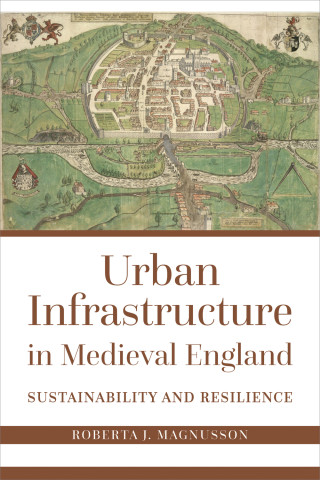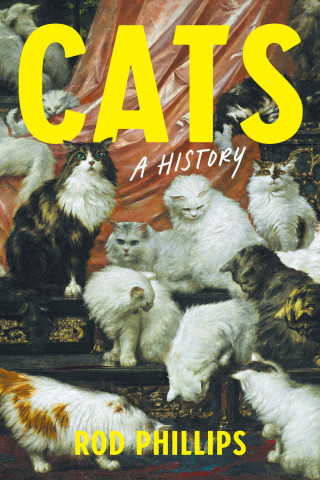
Reviews
A highly insightful look into history and art, a top pick for such collections for both community and college libraries.
A collection for those interested in Italian and comparative literature, early modern studies, cultural history, or gender studies.
The broad scope of the essays and the questions they raise will be of compelling importance to any reader interested in the Renaissance, not only the Italian Renaissance, and to scholars across the disciplines from literature, performance, art history, and philosophy to sexuality, gender studies, and science.
The book goes beyond the studies that are conventionally understood as the sphere of "the body" to include deportment in public and private, gymnastics, warfare, dueling and hunting.
This fine work stands as evidence of the benefits of interdisciplinarity.
A welcome addition to the literature on gender and sexuality. The majority of its essays employ innovative methodologies that yield fresh insights into the norms and transgressions of the early modern body... The book will be valuable to a range of scholars and students, and is an important contribution to the study of early modern notions of the body.
The interdisciplinary approach of The Body in Early Modern Italy is a great success.







